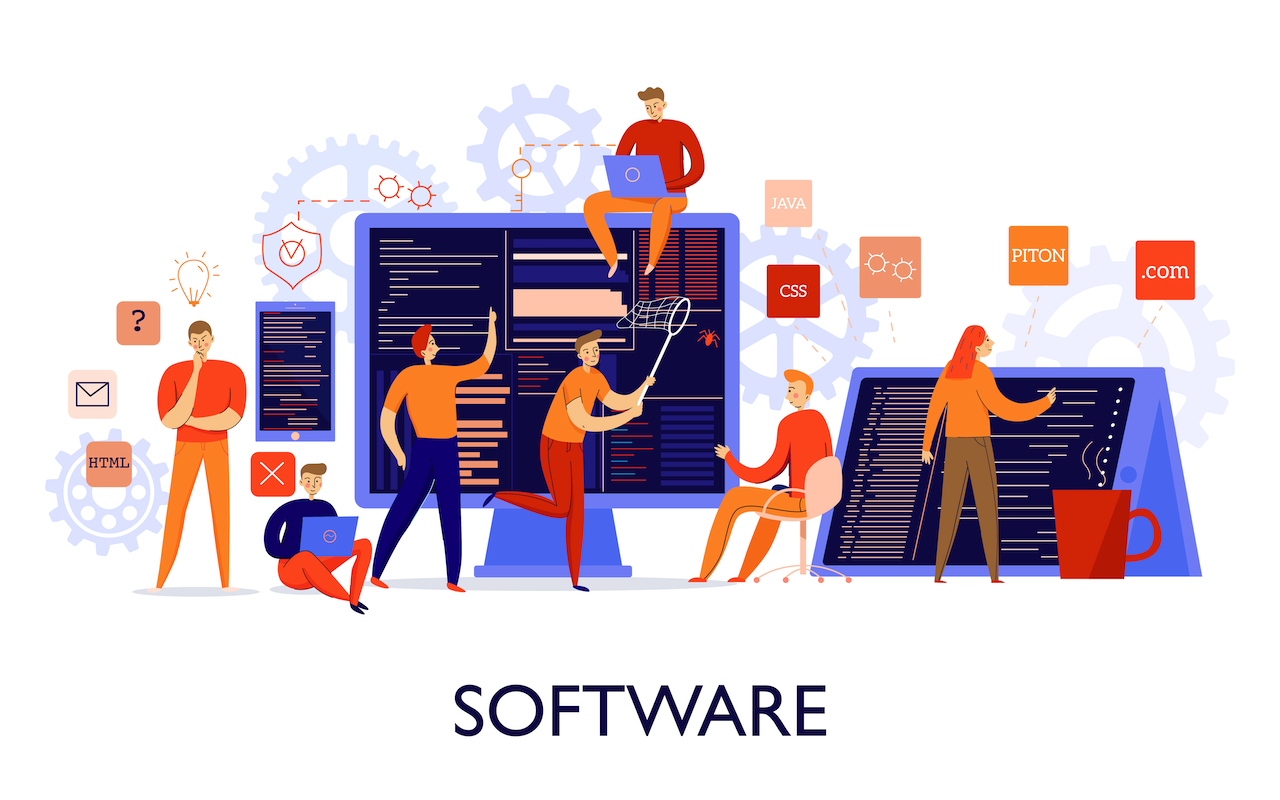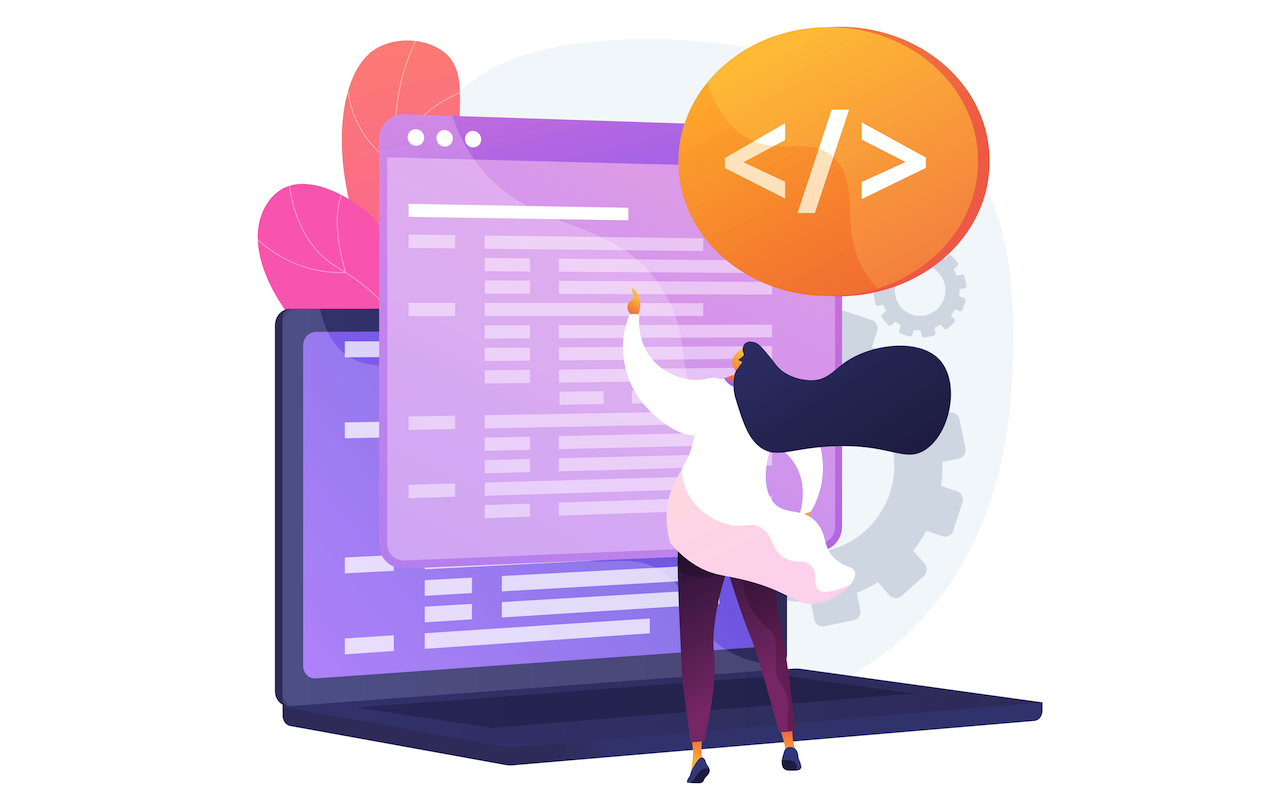
With the evolution of AI, smarter technologies and refined processes are a company’s new default setting. Whether it be the marketing domain, customer service, or even end-to-end software development solutions, AI’s role in each industry has been commendable.
Considering the development of custom software projects with a pragmatic approach, artificial intelligence is co-piloting higher business vision, better returns, and more innovative measures of working. In a manner, it is definitely driving the wheel of growth in this industry. Statistics reflect the contribution of AI to be immense, projecting a CAGR of 42.3% from 2025 to 2033, with a market value of USD 15,704.8 million by 2033.
With this outlook, this article explores the world of custom software development and the role of AI in this field of work.
Traditional Challenges in Custom Software Development
The modern-day custom software developments prioritize the features that matter the most to a company. Prior to the introduction of AI, there were many challenges faced by technology teams in this process. Let’s unravel them briefly before understanding the real impact brought by AI in this industry.
1. Extended Development Cycles
Projects associated with complex software requirements took longer to build, test, and deploy. This also led to delays in achieving the business outcomes.
2. Dependency on Specialized Expertise
In the era marked by digital transformation, the skill of software development can be considered very valuable for companies. It is because developers are few in number and are highly in demand in the industry. Thus, it creates a knowledge gap for companies that is difficult to fill.
3. High Costs and Unpredictable ROI
Many manual processes get delayed due to personnel dependencies. Even errors in the process can complicate ROI and cost considerations.
4. Difficulty Predicting Market Fit
Traditional methods fundamentally anticipate user demands. This is why companies using them are exposed to the risk of uncertainty and underperformance of the software.
Ultimately, companies have adopted AI-powered tools to improve the process while overcoming these challenges.
Leveraging AI In Modern Software Development
Accelerating business progress with end-to-end software development solutions, AI is prominently used by software developers in the SDLC (Software Development Life Cycle) today. Leaders need to understand how it is revolutionizing each step of the way, as it will help the board gain foresight of its value for the organization.
Understanding User Insights
Predictive analytics helps in gathering data and understanding user trends. AI also helps in the analysis of historical data records to provide optimized resource requirements for anticipated and finalized future projects.
Creating Innovative Designs and Prototypes
Building modern software architectures encompasses creating a blueprint of plans based on the project requirements. Here, Gen AI tools like Uizard, Visily, and others help in creating wireframes and UI mockups that can later be user-tested and iterated speedily.
Code Generation and Refactoring
Generative AI further assists in reading, understanding, and recommending improvements in software code. It speeds up development and makes legacy source codes futuristically ready and viable.
Streamlined Processes
Natural language processing solutions help developers in automating routine tasks while helping in the identification of data trends and patterns. Even interfaces can be tested across platforms and devices to check software performance. Thereafter, software can be deployed through an AI-driven CI/CD pipeline smoothly.
Role of Predictive Analytics and Data-Driven Decision-Making
Through predictive analytics, it is possible for developers to identify work dependencies, aligning with the timelines and goals of the project. Moreover, risks can be predicted and mitigated well before their impact is realized. Thus, decisions are more data-driven, allowing for more accuracy and less rework among teams.
Benefits of AI in Custom Software Projects
As this industry is evolving with AI-enabled end-to-end software development solutions, there are various business opportunities leaders can achieve from this integration.
- Faster Development Cycles and Reduced Costs: As automation assists developers in creating snippets of code for software programs, their development time has reduced, along with the operational costs.
- Improved Code Quality and Fewer Errors: With smarter bug detection, the code quality is enhanced. This ensures accuracy and a significant reduction in errors in the software code.
- Better UX and Personalization: It is a no-brainer that users expect tailored and seamless UX from brands today. Indeed, custom software development caters to exactly this market trend. It studies user behavior patterns and accordingly develops software to ensure its market-fitness.
Following this section, we will examine the best practices for this integration that can help organizations achieve these benefits.
Best Practices for Integrating AI
Notably, AI is quietly redefining custom software development through ML, AI, and natural language processing solutions. This highlights the need for businesses to add some common industry practices to their routine software processes in order to achieve this redefinition.
Since AI tools require a considerable investment, leaders can test their value by working on pivot projects. These generally focus on smaller software development requirements. Additionally, you are recommended to keep quality assurance and data-driven decision-making at the center of your operations. To optimally manage cost and quality, you may also connect with software development consultants. Finally, it is a key consideration to prioritize security features and compliance measures at all times.
Final Thoughts: What Lies Ahead
Moving forward in the era of digital transformation, custom software projects are building intelligent ecosystems for users today. Driven by AI, they will have the potential to not only solve today’s problems, but also to identify and address future issues much before they come to notice on the surface level. Hence, leaders must duly leverage the power of AI to create innovative end-to-end software development solutions for their organizations.
Featured Image by Freepik.
Share this post
Leave a comment
All comments are moderated. Spammy and bot submitted comments are deleted. Please submit the comments that are helpful to others, and we'll approve your comments. A comment that includes outbound link will only be approved if the content is relevant to the topic, and has some value to our readers.



Comments (0)
No comment